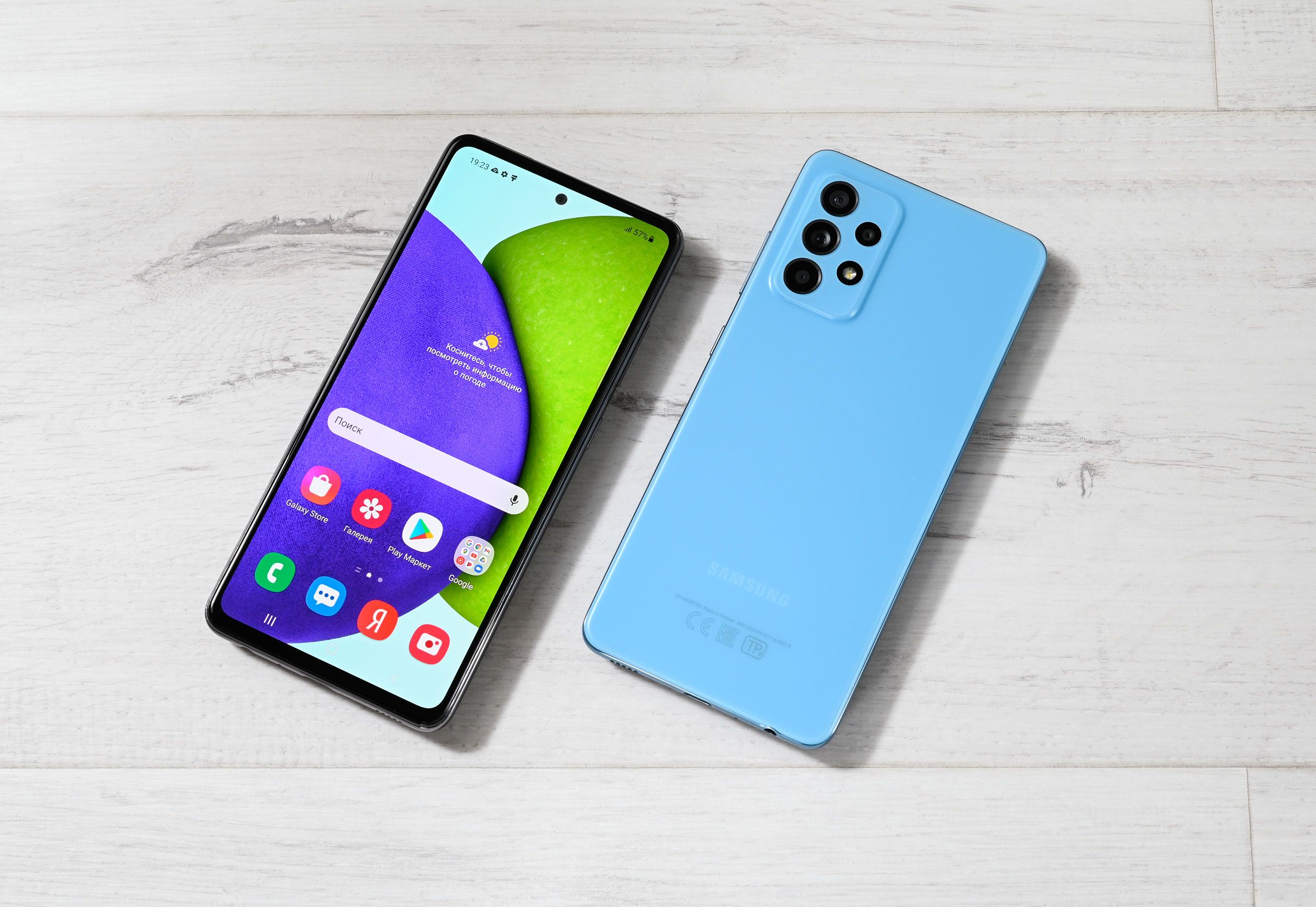As President Donald Trump’s tariff turmoil continues, it becomes increasingly clear that this unpredictability in the US will create economic stress for American businesses and residents. But as with other types of commercial turbulence, the people who will be hit the hardest are those with lower incomes.
Trump’s tariff policy on goods imported into the US carves out some exceptions for smartphones and small electronics, but experts say the prices for those devices will still rise since the companies who manufacture them will incur added costs throughout their supply chains as the trade war continues to escalate.
And while many buyers shopping for a premium device may be able to afford an extra $100 or $200 tacked onto the price of a phone or laptop that already sells for over $1,000, those buying lower-priced personal tech will feel the squeeze more.
“The challenge is that the people buying low-price products are often the ones who are most price-sensitive and are most harmed by this,” says Shawn DuBravac, chief economist for the electronics trade association IPC. “Generally, lower-priced products have thinner margins, and this holds true across nearly all categories.”
Cheaper cars, entry-level smartphones, and budget laptops and tablets all make less profit per unit than their premium-model counterparts. That means that, unlike with flagship phones and laptops or high-end gaming PCs, companies need to sell more of the cheaper devices to make the effort of building them pay off. If the extra cost added by tariffs makes people buy less stuff, it means the logic behind selling them in the US at all makes less sense.
“The logic is pretty simple: Lower-priced products compete more heavily on price, which squeezes margins,” DuBravac says. “At the same time, they’re typically produced in higher volumes, and the business model often relies on scale to make up for the thin margins.”
The president has gone back and forth on which devices will be exempt from tariffs. Regardless of how Trump’s tariffs ultimately play out, which rates he deescalates, or which costs companies are able to wriggle their ways out of, what’s likely to happen regardless is that all that uncertainty could lead to a wider increase in inflation across the economy. Stuff getting more expensive begets more stuff getting expensive.
Anshel Sag, principal analyst at Moor Insights & Strategy says that inflation, in this economy, can be almost impossible to wind down.
“My biggest fear is that because this will drive inflation up, it will create a significant drain on people’s disposable incomes and consumption will plummet as a result of these policies,” Sag says. “Even if a lot of these things get ironed out and agreements are struck, it’s going to still result in higher inflation and lower buying power for the consumer.”
Of course, the rising cost of consumer tech isn’t the only force causing financial fragility among poorer Americans. Trump is also set on even more budget cuts that would overhaul and defund federal housing programs for low-income people. In April, the administration purged thousands of employees from the US Department of Health and Human Services, among them the entire staff of the Low Income Home Energy Assistance Program, an agency that literally keeps the lights on for some low-income families. Since January, layoffs of thousands of people across social security, Veteran’s Affairs, and USAID departments could drag down the health, well-being, and buying power of the people who can’t afford to manage without these services.
“What ends up happening is people don’t make purchases,” Sag says. “They get stuck with older tech. And it puts kids at a disadvantage in schools. It may even affect people’s ability to find a job or be able to work independently.”
The RAPID Survey Project, a research program run by Stanford University’s Center on Early Childhood, collects data on the livelihoods and economics of how more than 22,000 people have been faring since 2020. The Center’s director, Philip Fisher, says that since the survey started, 30 percent of people in US households surveyed have indicated they aren’t able to pay for basic needs. That percentage scales almost directly with inflation. The higher prices are, the less people can afford.
“Our anticipation is that percentage is just going to continue to go up as the tariffs continue to work their magic,” Fisher says.
Those price increases are a particular problem for income-insecure households with young children. Beyond an inability for parents to supply kids with their basic needs, the same price uncertainty that has made the stock market go ballistic is likely to affect families as well.
“When so much is changing so quickly at the national level,” Fisher says, “It filters down to families and to communities and then ultimately to the experiences that kids are having.”
Beyond poverty, price hikes can also create problems for people at the margins of society and the institutions that look out for them.
Terah Lawyer‑Harper is executive director of CROP, or Creating Restorative Opportunities and Programs, a nonprofit that receives funding from California’s Department of Corrections and Rehabilitation and aims to help former prisoners and reduce recidivism. She worries that tariffs will make it much harder to support former inmates looking to reintegrate into society.
“Technology and devices such as smartphones and laptops are the key connectors to everything we do today in society,” Lawyer‑Harper says.
A formerly incarcerated person herself, Lawyer‑Harper says someone being released from prison without any resources or tools to engage with society is a recipe for recidivism. Organizations like CROP aim to help provide digital literacy skills and capabilities to access and reenter the job market. Higher charges on products across the board, and specifically on devices like phones and laptops, are going to limit what aid agencies like CROP can do to help the people who need it most.
“What kind of neighbor do you want?” Lawyer‑Harper says. “Do you want a neighbor that is successful in their job, that has a mindset and understanding of accountability and responsibility, that has secured housing and is stable? Or do you want someone that’s struggling and that is going to kick into survival mode and go back to criminal thinking because that’s all they know?”
President Trump has encouraged citizens to “hang tough” while he tries to motivate companies and trade partners to move manufacturing to the US. (A feat that his administration cut support for and is otherwise borderline impossible to make happen in a world with a functional global economy.) For many people, hanging tough will be the only option. And it might not be enough.
“This is kind of a more societal issue that goes beyond manufacturing,” DuBravac says. “Are we exacerbating a digital divide that we don’t need to?”




